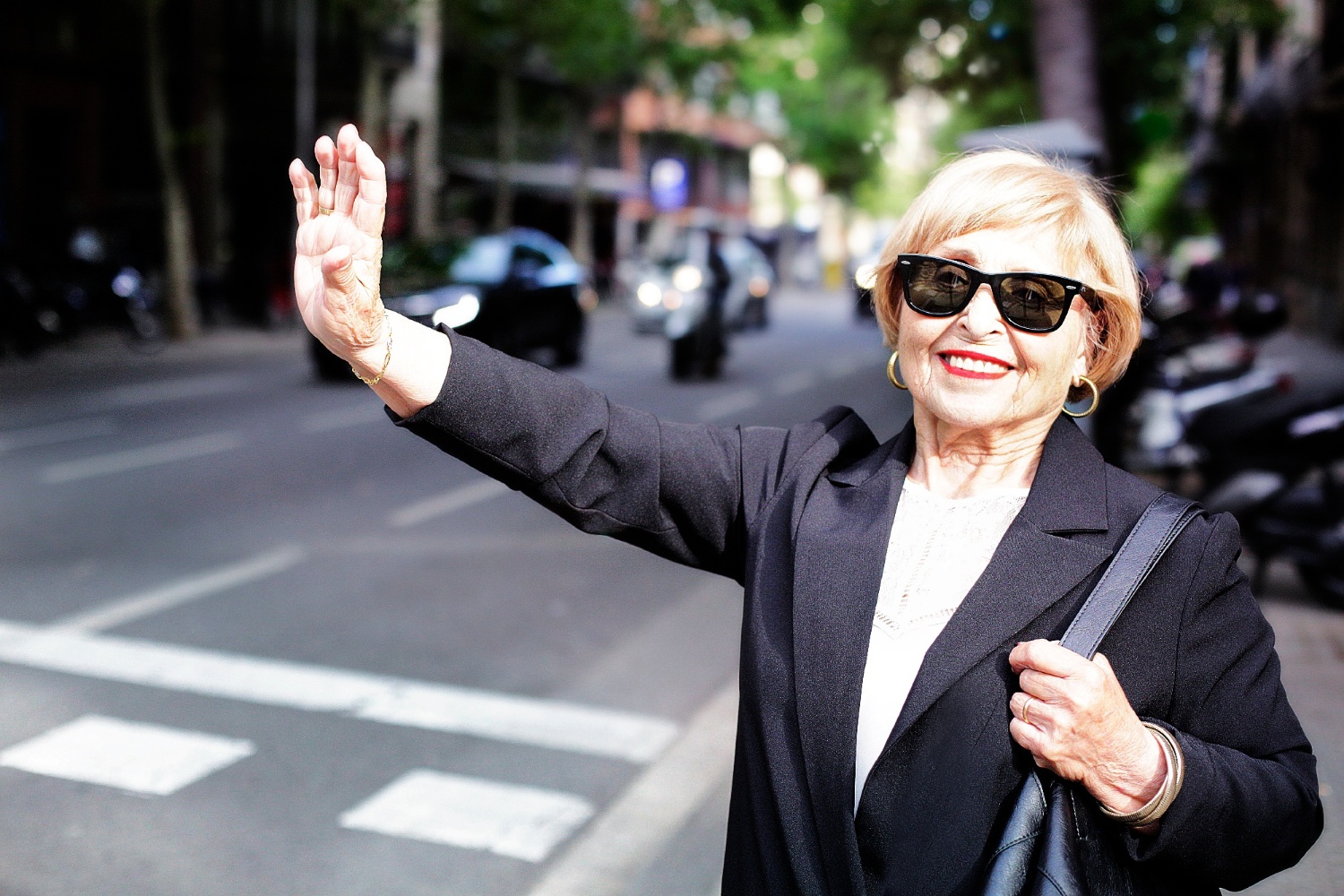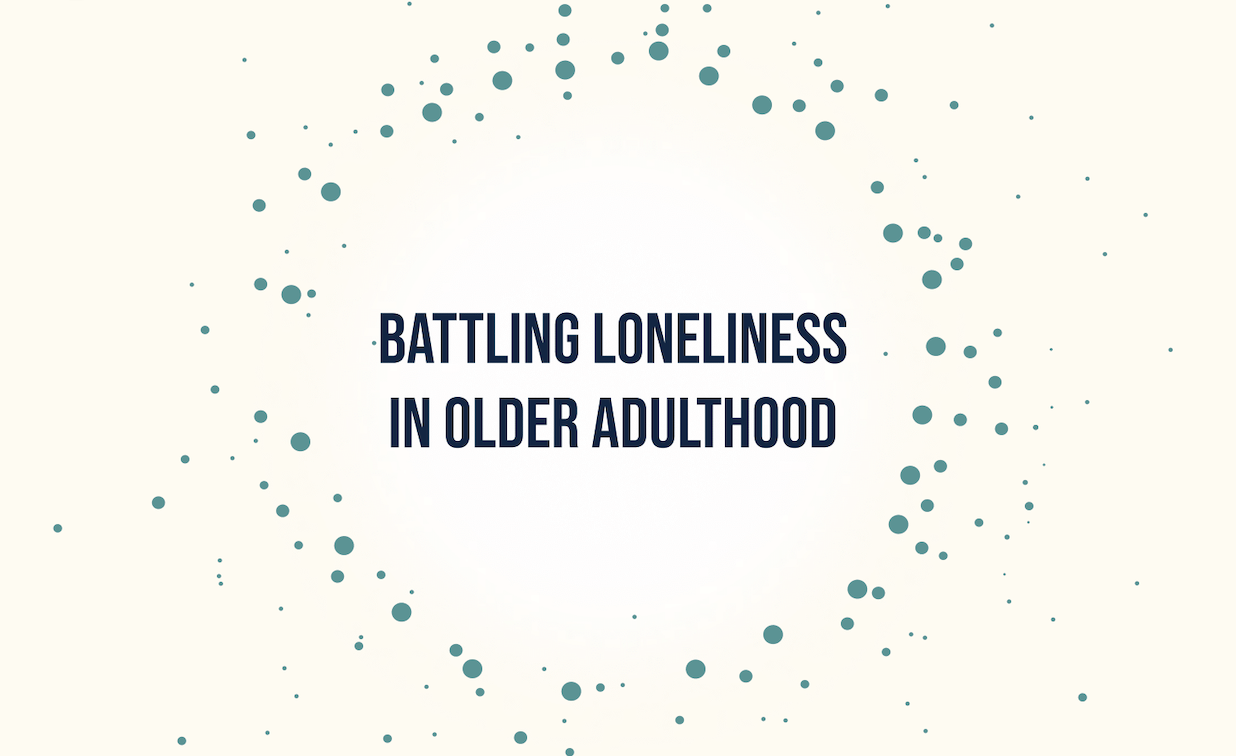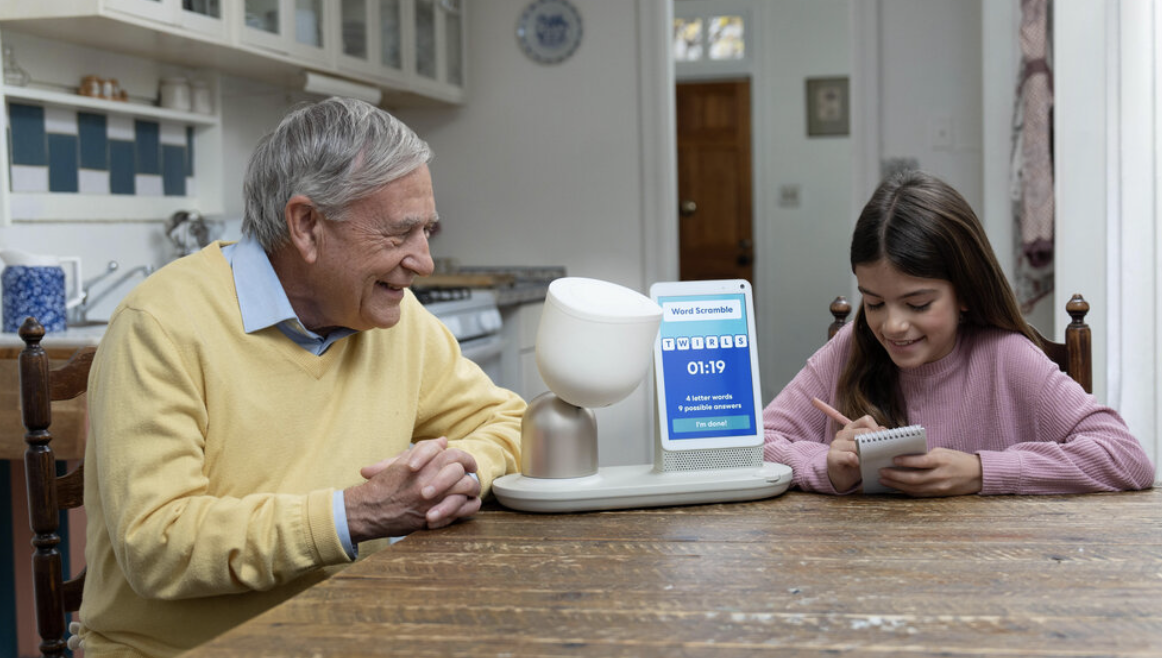Roles Reversed: The Emotional Journey of Caring for Parents
June 8, 2017 by Intuition Robotics Team
When does it start?
Suddenly, you discover that your roles have been reversed: It’s as if you’re the parent, the one who’s coaxing, watching, ready to prevent a fall, providing support getting in and out of the car. Watching a parent decline is a painful experience that, for most people, pulls at many different difficult emotions: helplessness, perhaps loneliness, and sometimes feelings of emotional conflict.
In some families, the shift happens almost overnight, when there’s a medical emergency that leaves an older parent weaker than before and unable to take care of basic needs. In other families, it’s a slow process of deterioration, with a generous dose of denial on both sides: on the part of the parent who doesn’t want to lose independence, and on the part of the child who is worried and afraid something will happen. Denial protects everyone involved from seeing what’s happening until things decline and there’s no choice but to face up to reality.
Whatever the specific of each situation, watching a mother or father decline and taking on the role of caregiver is not easy. It’s a seismic shift that goes to the heart of who we are and, in some cases, challenges what we believe about ourselves.
Owning up to the challenge

Watching a parent lose independence may be one of the most demanding experiences a person can face. Making choices for elderly parents can be confusing and traumatic, particularly as caregivers struggle to accept that the person who raised them is now unable to manage his or her own personal care.
It’s not surprising that, according to AARP’s 2015 report, of the estimated 34.2 million American adults who served as a caregiver in that year to someone age fifty or older, two out of five report high levels of emotional stress (38%) resulting from caregiving. Furthermore, 19% report physical strain, and 17% suffer from financial strain as a result of their role.
There’s more caregiving now than ever before
Because technology and medical care are helping people live longer, the world’s population is shifting to include a greater percentage of seniors. A glance at the Population Pyramids of the world from 1950 to 2100 illustrates how significantly the population of older adults is growing, a trend that can only be expected to continue to grow in the coming years.
The trouble is that as the general population ages, there are fewer younger people available to provide the necessary support. As a result, the average fifty year olds of this generation have more seniors to care for than, say, in their grandparents’ generation. This includes caregiving for parents as well as for grandparents and in-laws.
One result of this shift is that people spend more years of their lives in a caregiving role. It’s become increasingly common to see seniors already in their seventies who have the responsibility of caring for an elderly parent – creating a complicated reality that may not be easy for the caregiver, who is also aging.
The job description: A better look at what it means to be a caregiver

Caregivers have a lot on their plates, to say the least. The list of responsibilities is long and, for many, feels overwhelming and endless.
The AARP divides caregiving tasks into two: Activities of Daily Livings (ADLs) and Instrumental Activities of Daily Living (IADLs). ADLs mean the tasks a person does when waking in the morning or going to bed, including basic personal care such as bathing, dressing, brushing teeth, and eating. Instrumental Activities of Daily Living (IADLs) refer to what a person does after getting ready for the day – including things like cooking, driving, shopping, managing finances, and managing medication.
These tasks, taken altogether, require a huge investment of time. According to a 2016 AARP report about caregivers and technology, 21% of caregivers spend a minimum of 21 hours of per week, and 30% invest as much as 41 or more hours per week.
Recognizing the emotional needs of the elderly
And that’s just the start. Technical assistance with the job of daily living, however overwhelming that may be, is the tip of the proverbial iceberg.
Beyond the ADLs and IADLs, caregiving is also (some might say, is primarily) a question of providing emotional support – of giving and receiving, of kindness and love. In the general madness of keeping up with zillions of daily tasks, caregivers are charged with the responsibility for making sure this fundamental goal doesn’t get lost.
As American author Leo Buscaglia pointed out, “Too often we underestimate the power of a touch, a smile, a kind word, a listening ear, an honest compliment, or the small act of caring, all of which have the potential to turn a life around.” It’s worth considering his words within the context of caregiving, a role that is so much more than the sum of its parts.
Value of independence

There’s also the question of maintaining the dignity and independence of an elderly parent – something that is not “just” a question of quality of life. An older adult who loses independence frequently feels defeated, and becomes depressed – and depression has been proven, in countless studies to have a measurable impact on both mental and physical health.
While it’s tempting to want to “take care of things,” it's crucial to let a parent maintain responsibility and control over certain aspects of the daily routine.
The importance of being social
A famous quote attributed to an unknown physician states that, “The best medicine for humans is love. And if love doesn’t work, increase the dose.”
Bottom line: Interaction with family and friends is not “nice to have.” Rather, it is vital to an older adult’s health and happiness, and caregivers need to invest in identifying suitable opportunities. Parents who have the physical capacity to be active should be encouraged to attend social events, go for walks, or even become involved in some form of community.
In addition, perhaps it’s counterintuitive but using the computer can also “count” as social interaction. The power of social media and digital content should not be underestimated: As discussed in this recent post, seniors can be encouraged to go online, dig up old friends on facebook, watch an interesting video or listen to a podcast.
A very honest appraisal
As American activist Ramsey Clark once said, “People who don’t cherish their elderly have forgotten whence they came and whither they go.” It all boils down to that. Caregiving for parents is one of the hardest jobs adult children have, but there is nothing more important than making sure our aging parents are safe and enjoying this chapter of life.
Recent posts
.png)
The benefits of an AI-driven social robot for area agencies on aging
by Intuition Robotics Team


